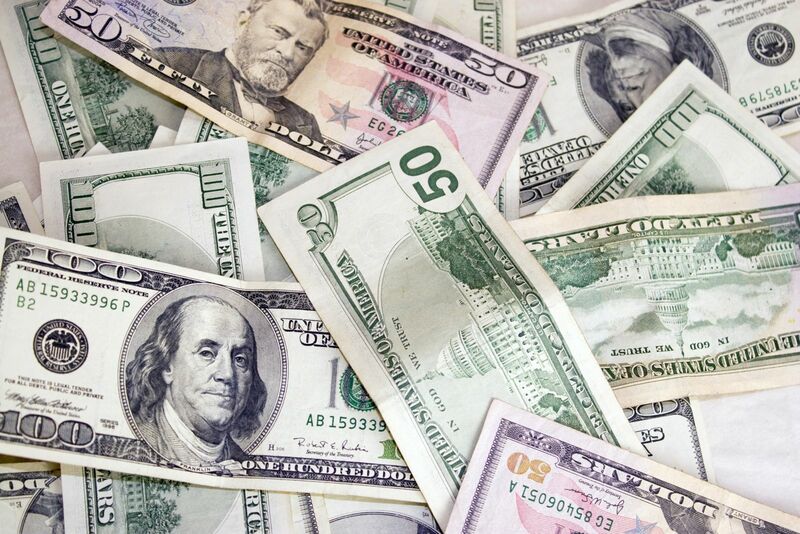
The US dollar is the world’s reserve currency. Central banks and governments worldwide hold US dollars as an integral part of their reserve holdings because the US currency is fully convertible. The world perceives the US economy and political system as stable.
In a July 28 article on Barchart, I wrote, “Time will tell if the dollar index runs into a wall at 93.47 or if it can eclipse the level and reassert itself as the strongest reserve currency.” A little less than one month later, on August 19, 2021, the nearby dollar index futures contract moved above technical resistance to the highest level since early November 2020.
The move higher was significant as the dollar index ended a bearish trading pattern that had been in place since March 2020. The DB US Dollar Index Bullish Fund from Invesco (UUP) and its bearish counterpart (UDN) track the dollar index on the up and downside.
The index moves to the highest level in 2021
Last week, the US dollar index finally broke the pattern of lower highs that had been in place since March 2020.
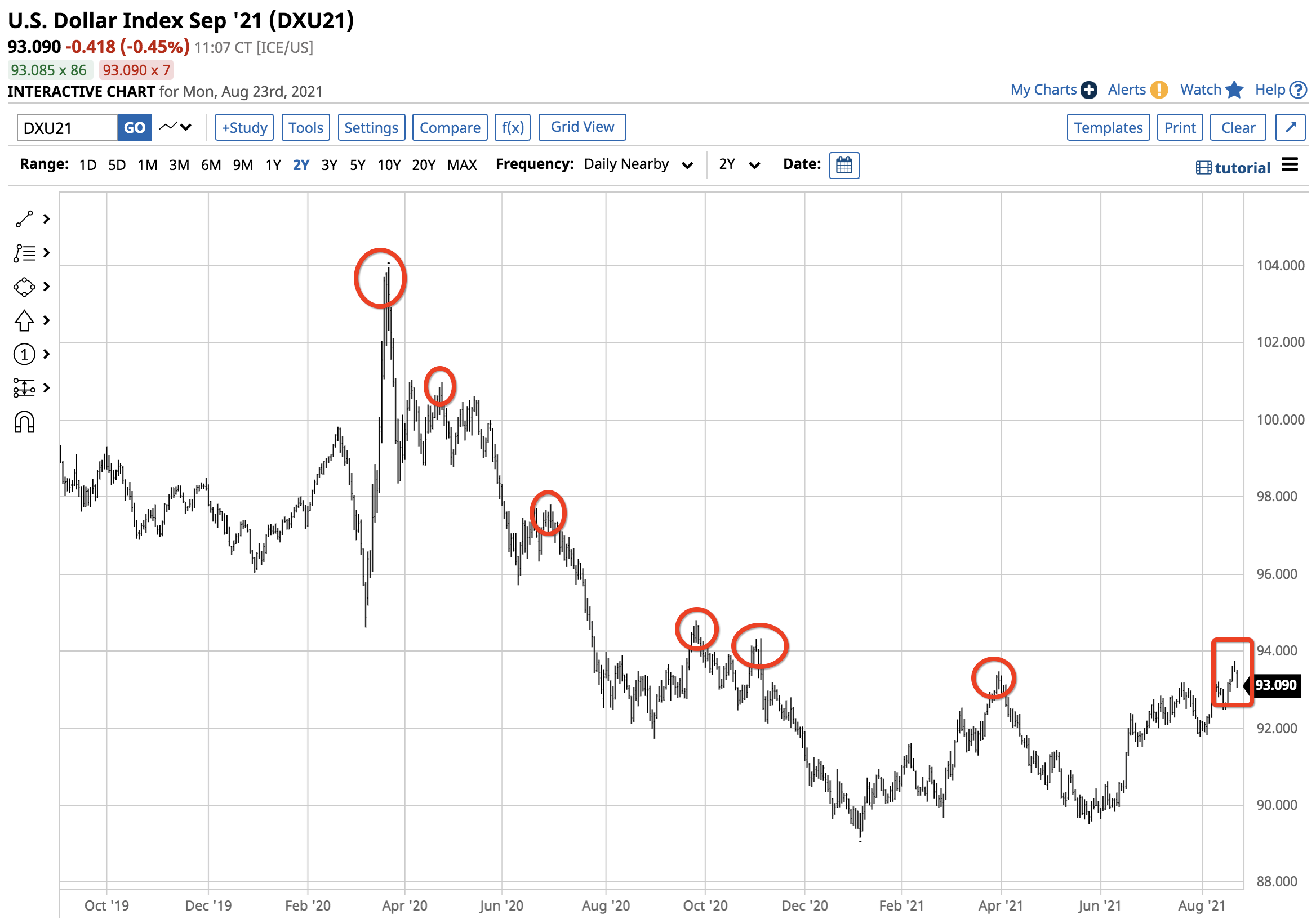
As the chart highlights, the dollar index rose above the last lower high at 93.47 from March 2021, when it reached 93.75 on August 20. The pattern of lower lows ended earlier in January 2021 at 89.165. Since then, the dollar index made higher lows, leading to last week’s technical break to the upside.
While the trend over the past seventeen months was bearish until recently, the long-term path of the index has been bullish.
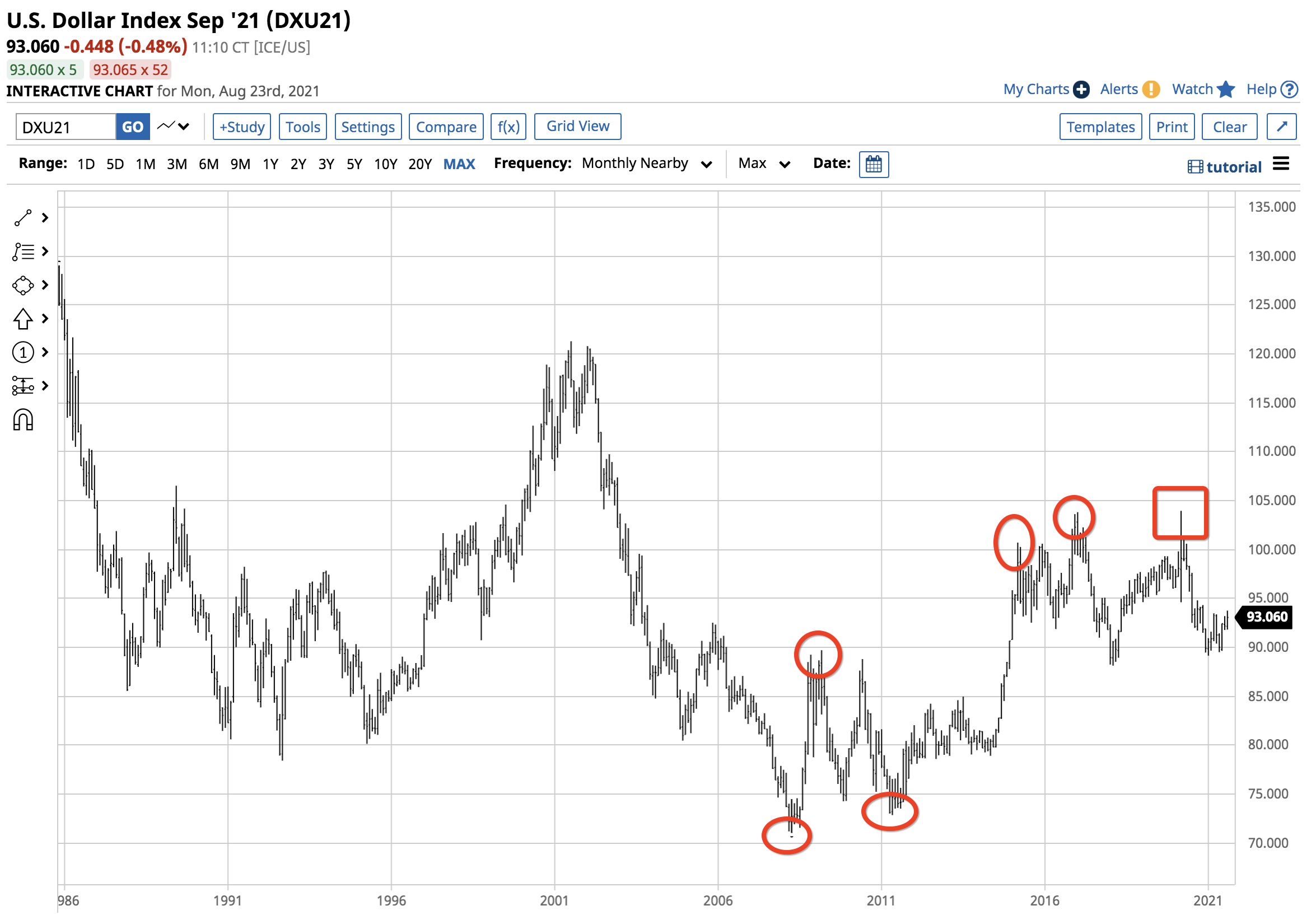
The chart dating back to the mid-1980s shows the dollar index reached a bottom at 71.05 in April 2008. It then proceeded to make higher lows and higher highs, with the last significant peak coming in March 2020 at 103.96, the highest level of the dollar since late 2002.
The dollar index measures the US currency against other reserve currencies
The dollar index measures the US foreign exchange instrument versus the other leading currencies, with the most exposure to the euro. The index also reflects the dollar’s value compared to the British pound, Japanese yen, and the other smaller freely convertible fiat currencies.
The dollar index tends to be more of a fear index than the bond market or even the VIX, which measures the implied volatility of S&P 500 stocks. The March 2020 high in the index came during the height of the panic over the global pandemic. When fear peaks, many market participants flock to the dollar as a safe haven.
The prospects for higher US interest rates boost the dollar
Currency levels tend to reflect interest rate levels. The yield is an attractive force that can drive currency values higher or lower.
The market currently expects US rates to begin rising sometime soon. Recent employment and inflation data have pushed the US Federal Reserve towards tapering its $120 billion per month quantitative easing program. The prospects for higher rates have supported the dollar index and pushed it to the highest level of 2021, causing the technical break that ended the bearish price path that had been in place since the March 2020 high.
Levels to watch in the index
Reserve currencies tend to move slowly as governments, central banks, and monetary authorities manage their price volatility via coordinated intervention to buy or sell currencies within an agreed band. Governments prefer slow and steady trends and work to prevent price spikes that cause instability in the global payments system.
Under the previous administration, the desire to use the dollar as a tool in trade negotiations drove a weaker dollar policy. The current Treasury Secretary, Janet Yellen, appears to favor a return to policies that favor a stronger US currency. The US policy has moved from favoring a bearish to a bullish trend for the greenback. Higher interest rates will support achieving that goal.
The former lower highs are now technical resistance levels and targets for the index over the coming months.
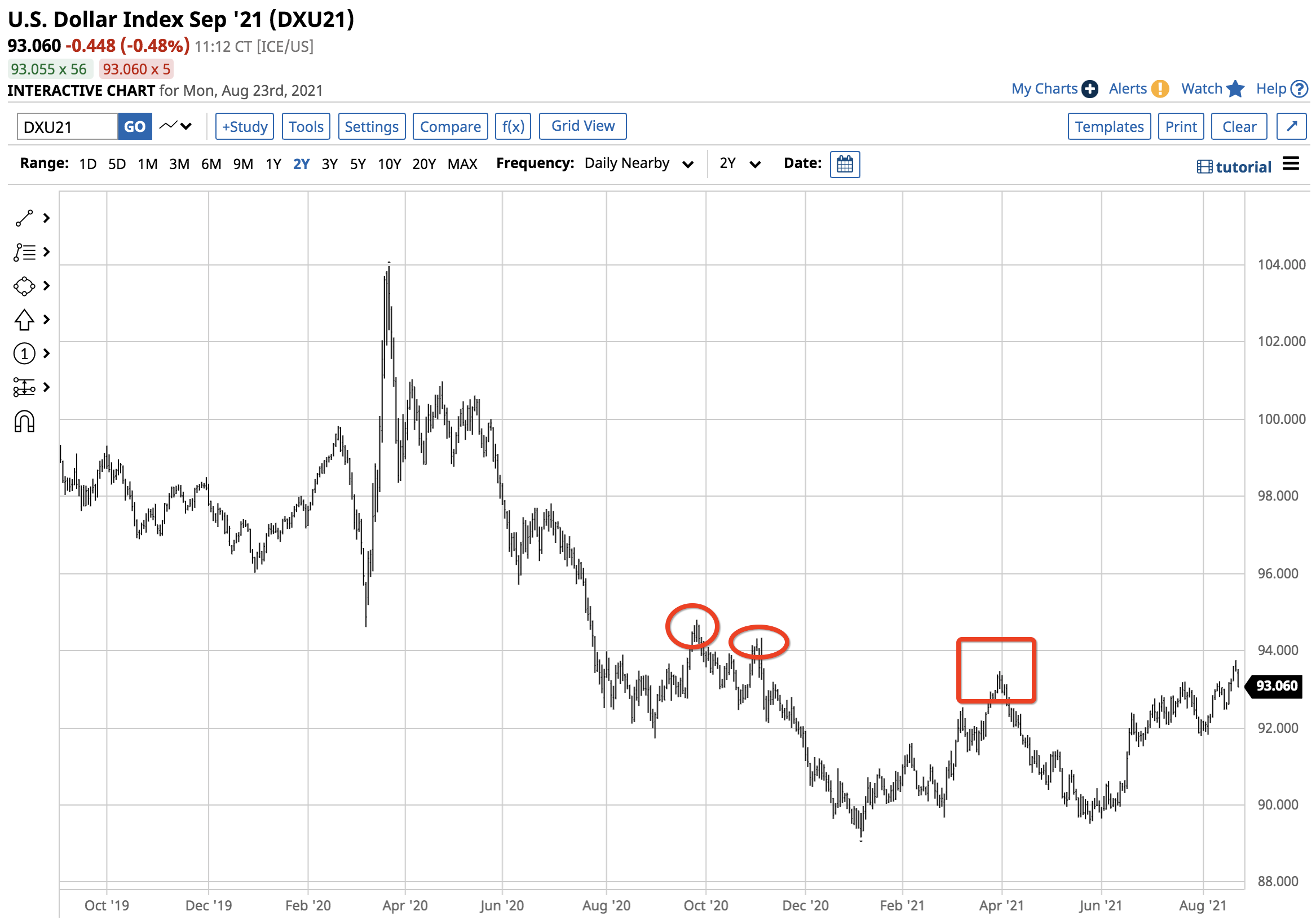
The chart shows that after the move above the first level at 93.47, the next technical level stands at the November 2020 94.315 high. Above there, the September 2020 94.795 peak is an upside target. Support is now at 91.780, the late July 2021 low.
The trend in the dollar is now higher, but any substantial percentage moves are unlikely given currency management programs. However, an unforeseen event could change that, as we witnessed when the dollar exploded higher and collapsed during the 2020 pandemic. On Monday, August 23, the index pulled back to the 93 level, which was not surprising given the low level of volatility on the currency arena.
The UUP and UDN tools reflect the price action in the dollar index
The most direct route for a risk position in the dollar index is via the over-the-counter market or the futures and options that trade on the Intercontinental Exchange. Market participants looking to position in the index have an alternative via the ETF market.
The fund summary for the Invesco DB US Dollar Index Bullish Fund (UUP) states:
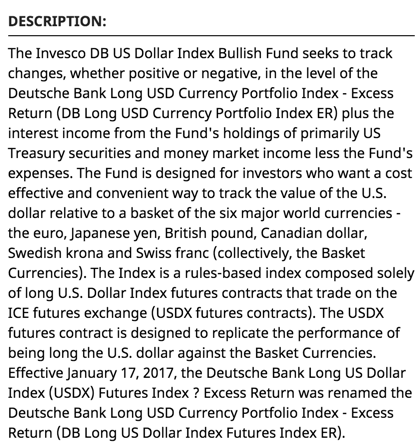
At $25.12 per share on August 20, UUP had $470.118 million in assets under management, trades an average of 703,260 shares each day, and charges a 0.76% management fee.
The DB US Dollar Index Bearish Fund from Invesco (UDN) is for those looking to position on the short-side of the dollar index. At $20.79 per share on August 20, UDN had $70.652 million in assets under management. The ETF trades an average of 48,215 shares each day and charges 0.77% as a fee.
The trend in the dollar index is higher now that it broke above the 93.47 level. However, the index is likely to follow the US central bank. A shift towards tightening monetary policy should push the index higher while stalling and continuing on a dovish path could cause a correction.



/Palantir%20by%20Hiroshi-Mori-Stock%20via%20Shutterstock.jpg)

/Intel%20Corp_%20badge%20holder-by%20hasrul_rais%20via%20Shutterstock.jpg)
/amazon%20holiday%20delivery%20boxes%20by%20Cineberg%20via%20iStock.jpg)
